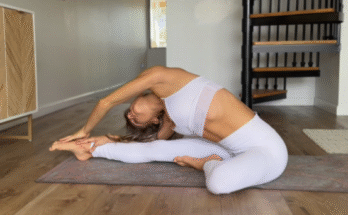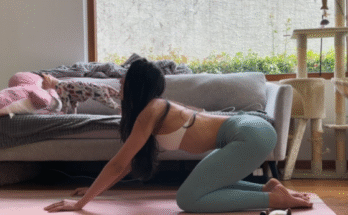
The warrior poses, or Virabhadrasana, are some of the most iconic and powerful postures in yoga. Named after the fierce mythological warrior Virabhadra from Hindu mythology, these poses are more than just physical stretches; they are a reflection of inner strength, focus, and determination. Practicing warrior poses can enhance your physical endurance, improve balance, open the chest and hips, and cultivate mental resilience. In this article, we will explore the warrior poses, their benefits, variations, and tips for practicing them safely and effectively.
The Essence of Warrior Pose
The warrior pose is more than a stretch or exercise; it is a symbol of courage and steadfastness. In Hindu mythology, Virabhadra was created by Lord Shiva to avenge a great wrong, and the warrior poses embody the spirit of that myth. Each variation of the pose emphasizes different aspects of strength, flexibility, and focus, helping practitioners embody the qualities of a warrior both on and off the mat.
There are three primary warrior poses: Warrior I (Virabhadrasana I), Warrior II (Virabhadrasana II), and Warrior III (Virabhadrasana III). Each pose targets different muscles and brings unique benefits to the body and mind.
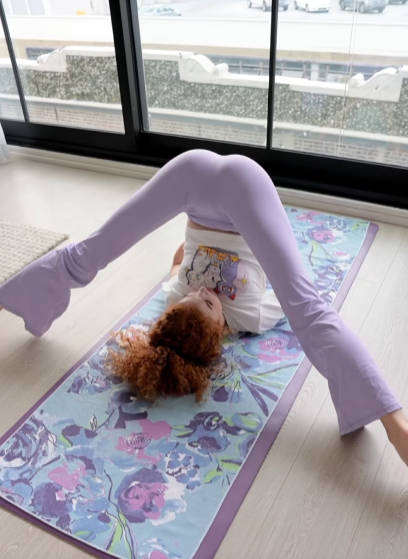
Warrior I (Virabhadrasana I)
Form and Alignment:
Warrior I is a standing pose that stretches the chest, lungs, shoulders, neck, belly, and groin. It strengthens the legs, ankles, and back. To perform Warrior I:
- Begin in a standing position (Tadasana or Mountain Pose).
- Step one foot back, keeping your feet about 3–4 feet apart.
- Bend your front knee so that it forms a 90-degree angle, keeping the knee aligned over the ankle.
- Turn your back foot slightly inward, ensuring the heel is firmly grounded.
- Raise your arms overhead, with palms facing each other or touching, and reach toward the sky.
- Square your hips toward the front of the mat and engage your core.
- Gaze forward or slightly upward and hold for 5–10 breaths before switching sides.
Benefits:
- Strengthens legs, ankles, and back
- Opens chest and shoulders
- Improves focus and concentration
- Enhances balance and stability
Tips for Beginners:
- If your hips feel tight, place a yoga block under your back heel.
- Keep your core engaged to protect your lower back.
- Don’t overextend your arms; keep shoulders relaxed.

Warrior II (Virabhadrasana II)
Form and Alignment:
Warrior II is one of the most widely recognized yoga poses. It focuses on strength, stability, and concentration. To perform Warrior II:
- Start in Mountain Pose and step your feet wide apart.
- Turn your right foot out 90 degrees and your left foot slightly inwards.
- Bend your right knee over the ankle while keeping your back leg straight.
- Stretch your arms out to the sides, parallel to the floor, with palms facing down.
- Open your hips and chest to the side of the mat.
- Turn your gaze over your front hand and hold for 5–10 breaths.
- Repeat on the other side.
Benefits:
- Strengthens thighs, calves, and ankles
- Opens hips and chest
- Improves stamina and endurance
- Enhances focus and mental determination
Tips for Beginners:
- Ensure your front knee does not extend past your ankle to prevent strain.
- Keep your back leg strong and engaged.
- Avoid lifting your shoulders; keep them relaxed and away from ears.
Warrior III (Virabhadrasana III)
Form and Alignment:
Warrior III is a balance-intensive pose that engages the entire body. It is often seen as a flying or airplane-like posture. To perform Warrior III:
- Begin in Mountain Pose and step your right foot slightly forward.
- Shift your weight onto your right foot and lift your left leg behind you, keeping it straight.
- Hinge forward at your hips, extending your torso and arms forward to create a straight line from fingertips to the lifted foot.
- Engage your core and legs to maintain balance.
- Keep your gaze slightly forward and hold for 5–10 breaths.
- Switch sides and repeat.
Benefits:
- Strengthens legs, core, and back
- Improves balance and coordination
- Enhances concentration and mental focus
- Tones the entire body
Tips for Beginners:
- If balance is challenging, place hands on a chair or wall for support.
- Keep your lifted leg active and straight to maintain alignment.
- Engage your core to avoid collapsing through the torso.
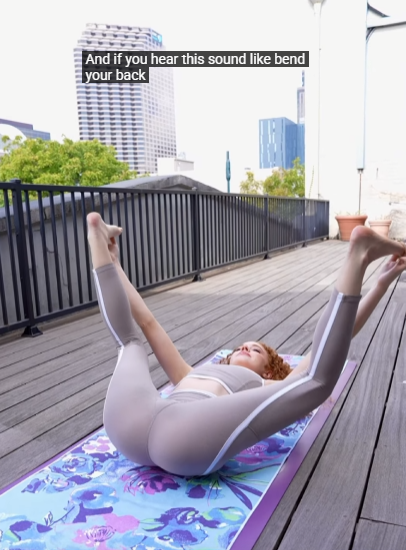
Variations and Modifications
Yoga is highly adaptable, and the warrior poses are no exception. Some variations include:
- Reverse Warrior (Viparita Virabhadrasana): From Warrior II, tilt the torso back and reach your back hand down your leg, opening the side body.
- Humble Warrior: In Warrior I, clasp your hands behind your back and fold forward over your front leg for a deep stretch.
- Warrior with a Twist: From Warrior I, rotate your torso toward the front leg, stretching the spine and engaging the obliques.
For those with tight hips, knee issues, or balance concerns, props like yoga blocks, straps, or a wall can provide extra support.
Mental and Emotional Benefits
The warrior poses are not just about physical strength; they also build mental resilience. Holding these poses requires focus, patience, and determination, helping to cultivate mindfulness and inner strength. Regular practice can reduce stress, improve confidence, and encourage a sense of empowerment. Just like a warrior prepares for battle, the mind learns to stay calm and steady under pressure.
Common Mistakes to Avoid
- Knee Misalignment: Ensure the front knee stays above the ankle to prevent injury.
- Hips Not Squared: In Warrior I, keep hips facing forward; in Warrior II, hips should open to the side.
- Collapsing the Back: Engage the core and leg muscles to prevent sagging or arching the lower back.
- Holding Breath: Remember to breathe deeply and evenly, as breath supports balance and stability.
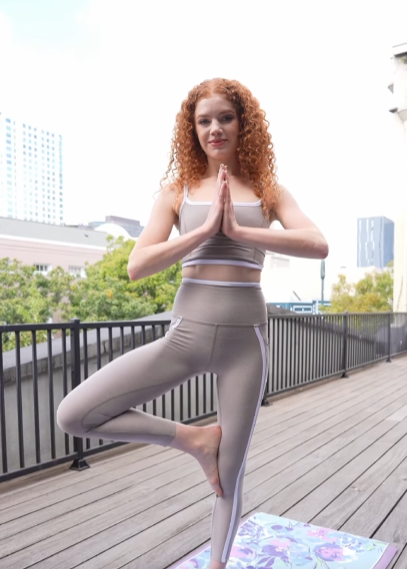
Integrating Warrior Poses into Your Practice
Warrior poses can be incorporated into almost any yoga routine. They are excellent for:
- Morning Flow: Start the day feeling strong and energized.
- Strength-Building Sequences: Combine Warrior poses with lunges, chair pose, and plank variations for a full-body workout.
- Balance and Focus Practice: Use Warrior III and its variations to challenge concentration and stability.
- Cool Down or Stretching: Follow up intense practice with gentle forward bends or child’s pose to relax muscles.
A common flow involves moving from Warrior I to Warrior II, then to Reverse Warrior, and finishing with Warrior III, creating a dynamic sequence that strengthens, stretches, and balances the body.
Conclusion
The warrior poses are a powerful tool for physical and mental development. Each variation, from Warrior I to Warrior III, builds strength, flexibility, balance, and mental focus. Beyond the physical benefits, they embody courage, determination, and mindfulness. By practicing these poses regularly and mindfully, you can cultivate a sense of inner strength that transcends the yoga mat and empowers you in everyday life. Whether you are a beginner or an experienced practitioner, the warrior poses are an essential part of any yoga journey—reminding us all to stand tall, breathe deeply, and move through life with grace and resilience.
Warrior poses are more than stretches; they are a way of living—an invitation to embrace strength, balance, and courage in every aspect of your life.

